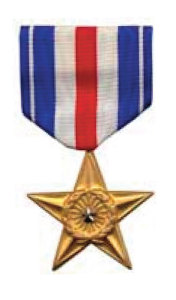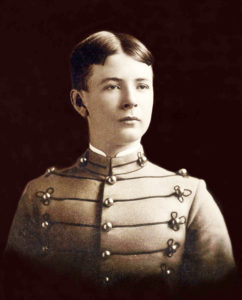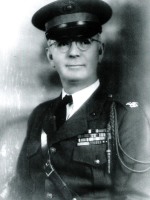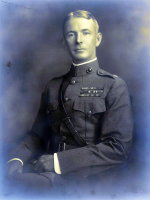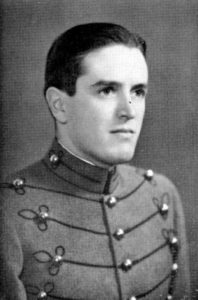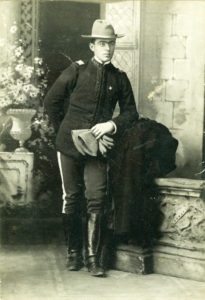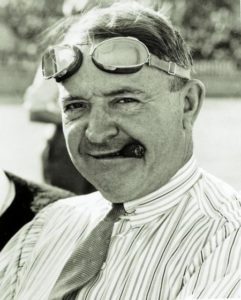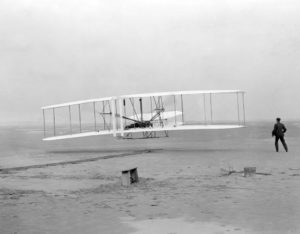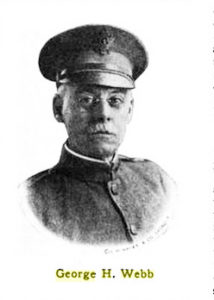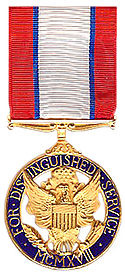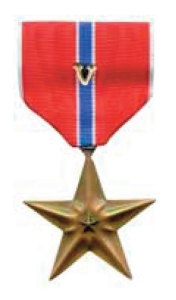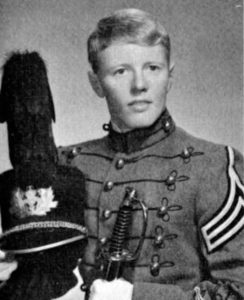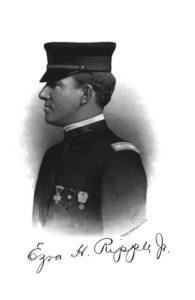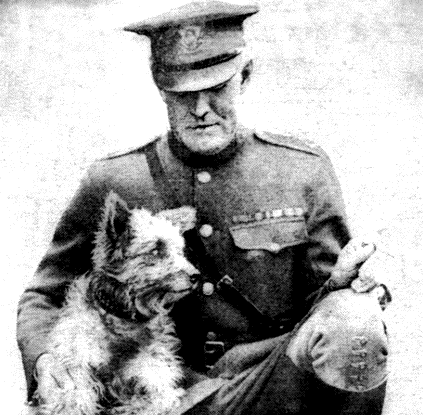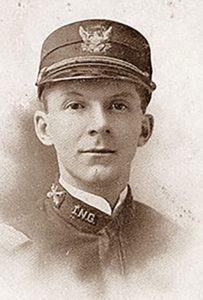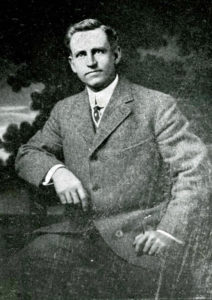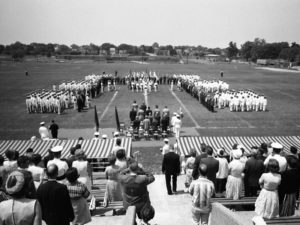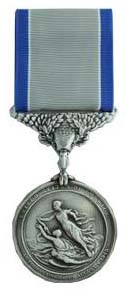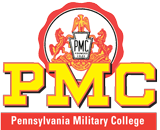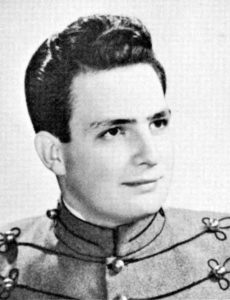
Eugene L. Melchoir
Class of 1949
2nd Battalion, 5th Cavalry Regiment, 1st Cavalry Division, USAFE
Silver Star for conspicuous gallantry in action near Suncheon, Korea. While proceeding along the main supply route to Suncheon, Korea. Elements of the 2nd Battalion were fired upon by a well dug-in-in reinforced regiment. Company G, the Korean platoon, moved out commanded by Lt. Melchoir. They immediately encountered a hazardous barrage of enemy mortar, automatic weapons and small arms fire, inflicting significant causalities. Being unable to speak the Korean language, Lt. Melchoir successfully overcame the language barrier by constantly exposing himself to the deadly fire of the enemy to indicate to his men their mission, and while directing their fire by using hand and arm signals. During this action, Lt. Melchoir was wounded in both legs but still courageously continued to direct his platoon until he was evacuated. His selfless and courageous actions prevented a well-planned ambush from inflicting higher losses on his platoon and disrupting the mission.
CLICK HERE to read more
